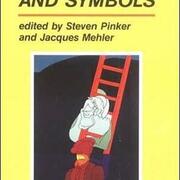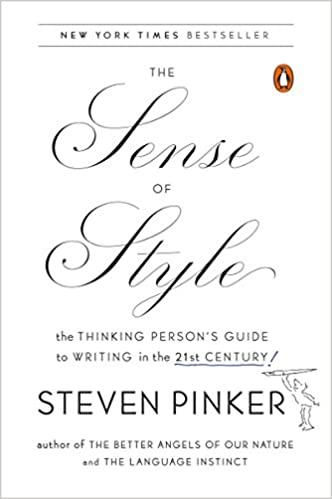Abstract
Does intelligence result from the manipulation of structured symbolic expressions? Or is it the result of the activation of large networks of densely interconnected simple units? Connections and Symbols provides the first systematic analysis of the explosive new field of connectionism that is challenging the basic tenets of cognitive science. These lively discussions by Jerry A. Fodor, Zenon W. Pylyshyn, Steven Pinker, Alan Prince, Joel Lechter, and Thomas G. Bever raise issues that lie at the core of our understanding of how the mind works: Does connectionism offer a truly new scientific model or does it merely cloak the old notion of associationism as a central doctrine of learning and mental functioning? Which of the new empirical generalizations are sound and which are false? And which of the many ideas such as massively parallel processing, distributed representation, constraint satisfaction, and subsymbolic or microfeatural analyses belong together, and which are logically independent? Now that connectionism has arrived with full-blown models of psychological processes as diverse as Pavlovian conditioning, visual recognition, and language acquisition, the debate is on. Common themes emerge from all the contributors to Connections and Symbols: criticism of connectionist models applied to language or the parts of cognition employing language—like operations; and a focus on what it is about human cognition that supports the traditional physical symbol system hypothesis. While criticizing many aspects of connectionist models, the authors also identify aspects of cognition that could be explained by the connectionist models.
AVAILABLE AT:
Amazon
Amazon UK
IndieBound



